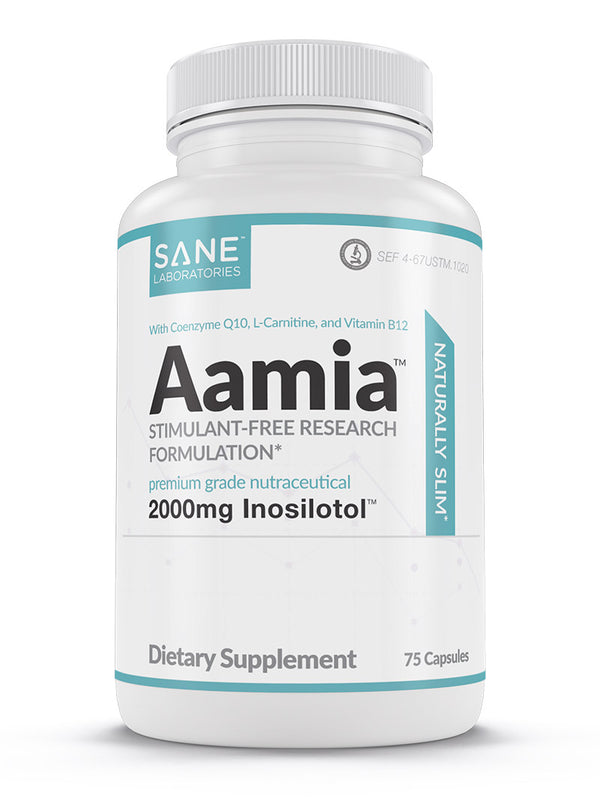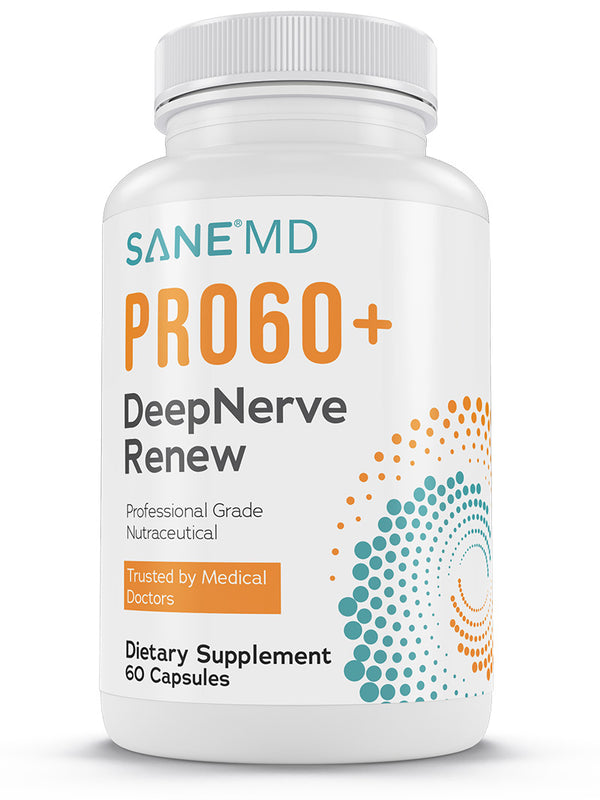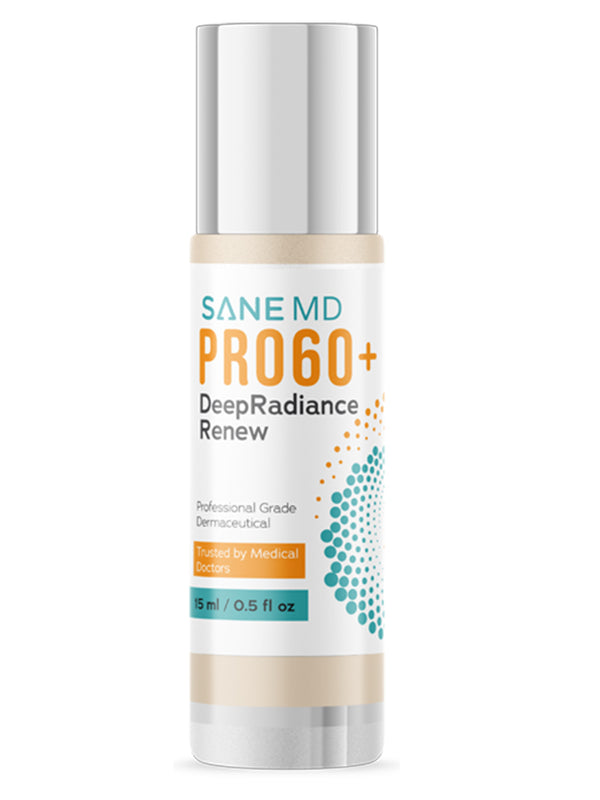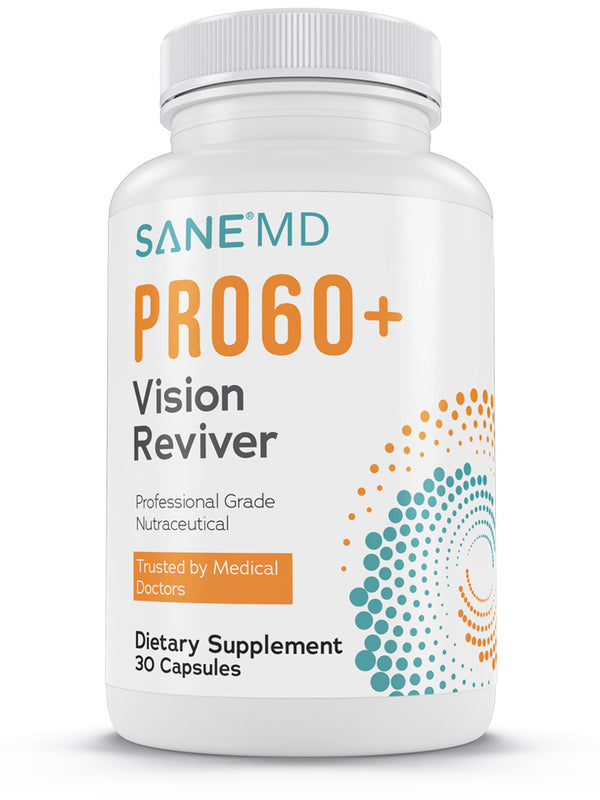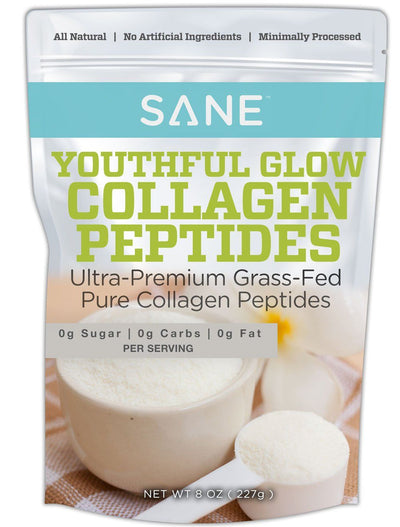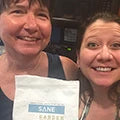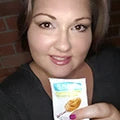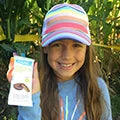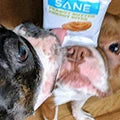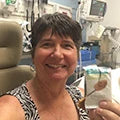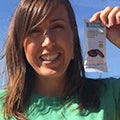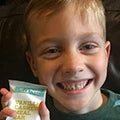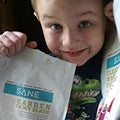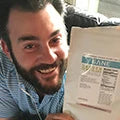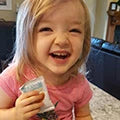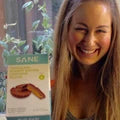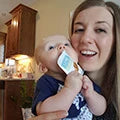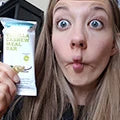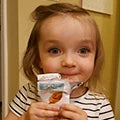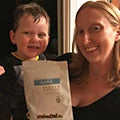In the quest for optimal health, navigating the intricacies of digestive well-being becomes paramount, especially in conditions like diverticulitis, also called diverticular disease. This condition, characterized by inflammation and infection in one or more diverticula in the digestive tract, can significantly impact quality of life.
Yet, the journey to mitigating the risk of diverticulitis and its accompanying discomfort doesn't have to be daunting. It's about embracing a series of manageable, positive lifestyle and dietary choices that collectively create a bulwark against the onset and exacerbation of diverticulitis symptoms.
This exploration is designed to illuminate a path forward for those recently diverticulitis diagnosed, offering easy-to-integrate strategies aimed at fostering digestive health and preventing the triggers of diverticulitis. From understanding the role of hydration and the importance of certain types of fiber to recognizing how physical activity and stress management can influence digestive health, each strategy is a stepping stone toward a life less burdened by digestive distress.
Sharing this knowledge with friends and family not only widens the circle of awareness but also creates a shared platform for support and encouragement. It's about making informed choices that benefit personal health and contribute to the well-being of loved ones.
So, let this be a journey embarked upon together, sharing insights and strategies across social media and email, sparking conversations that lead to a collective stride towards better health and a deeper understanding of how to live well, free from the shadow of diverticulitis.
Lifestyle Adjustments for Diverticulitis Prevention
Navigating life with the shadow of diverticulitis looming can be daunting, but certain lifestyle changes can significantly lighten this load. Beyond diet and exercise, there are adjustments within the broader scope of daily living that can profoundly impact managing and preventing diverticulitis. These changes are not just about avoiding certain foods or engaging in specific exercises; they're about altering the very fabric of daily life to nurture one's digestive health.
Here are strategies designed to harmonize with one's body and lifestyle, fostering an environment where diverticulitis doesn't dictate the terms.
1. Hydrate Wisely and Adequately
The importance of hydration extends beyond just quenching thirst; it plays a crucial role in maintaining digestive health. Ensuring adequate fluid intake helps keep stools soft, making them easier to pass and reducing the strain on the digestive system.
Aim for water as the primary source of hydration, supplemented by herbal teas that can offer additional benefits without irritating the digestive tract.
2. Cultivate a Routine Sleep Pattern
Sleep and digestive health are more interconnected than often realized. Establishing a regular sleep pattern can enhance gut health, as the body thrives on consistency.
Aim for 7-9 hours of quality sleep per night, creating a calming bedtime routine that signals to your body that it's time to wind down, supporting overall digestive wellness.
3. Manage Stress Effectively
Stress can take a toll on the entire body, including the digestive system. Finding effective ways to manage stress—be it through meditation, gentle yoga, or simply dedicating time to a favorite hobby—can mitigate the impact of stress on the digestive tract.
Reducing stress levels helps prevent the physiological conditions that can exacerbate or trigger diverticulitis.
4. Limit the Use of NSAIDs
Nonsteroidal anti-inflammatory drugs (NSAIDs) can sometimes aggravate the digestive system and should be used judiciously. If chronic pain management is necessary, exploring alternative pain relief methods with a healthcare provider can help minimize the potential for digestive distress linked to these medications.
By weaving these lifestyle adjustments into the fabric of daily life, it's possible to create a more diverticulitis-resilient existence. It's about small, manageable changes that build a stronger, more harmonious relationship with one's digestive health.
Dietary Shifts: Your Ally Against Diverticulitis
When navigating the terrain of diverticulitis, the foods chosen to grace one's plate play a pivotal role in either exacerbating or easing this condition. This isn't about strict diets or depriving yourself but making informed choices that support gut health and prevent flareups.
The following dietary changes are crafted to offer relief and resilience against diverticulitis, providing a foundation for a balanced gut and a happier life.
1. Increase Fiber-Rich Vegetables
Incorporating a variety of fiber-rich vegetables into your diet can significantly aid in preventing diverticulitis by ensuring smooth bowel movements and reducing pressure in the colon. Think colorful plates filled with leafy greens, carrots, and beets. These foods not only add bulk to the stool but also nourish the body with essential vitamins and minerals.
2. Embrace Fermented Foods
Fermented foods like yogurt, kefir, and sauerkraut are rich in probiotics, beneficial bacteria that play a key role in maintaining gut health and preventing infections that could trigger diverticulitis.
Integrating these into daily meals can help maintain a healthy gut flora balance, supporting overall digestive wellness.
3. Opt for Lean Proteins
Choosing lean proteins such as poultry, fish, and legumes over red meats can reduce the digestive system's workload, offering a source of essential nutrients without the added strain.
These protein sources are easier to digest and less likely to irritate the gut, making them ideal for those managing diverticulitis.
4. Hydrate Generously
Staying adequately hydrated is crucial for those with diverticulitis. Water helps fiber do its job by softening stools and promoting easier passage through the colon.
Aim for at least eight glasses of water daily, and consider herbal teas as an additional source of hydration that can soothe the digestive tract.
5. Limit Foods High in FODMAPs
Foods high in FODMAPs (fermentable oligo-, di-, monosaccharides, and polyols) can ferment in the gut, causing gas and discomfort for some individuals. Reducing intake of high FODMAP foods, such as certain fruits, vegetables, and dairy products, may help manage symptoms and prevent flareups.
These dietary changes can create a nurturing environment for your digestive system, steering clear of diverticulitis flareups and promoting overall well-being. Remember, the journey to health is personal, and listening to your body's signals is paramount.
Sharing these insights can help spread the message of proactive health management, encouraging loved ones to join in adopting these beneficial dietary practices.
Energizing Movement: Physical Activity Adjustments for Diverticulitis Support
Amid the discourse on dietary and lifestyle modifications for diverticulitis management, the influence of physical activity often takes a backseat. Yet, integrating gentle, consistent exercise into daily routines can play a significant role in mitigating diverticulitis symptoms and enhancing overall digestive health.
The following activity adjustments, far removed from rigorous gym routines, emphasize gentle, sustainable movements designed to strengthen the body's core and support digestive function without overexertion.
1. Gradual Core Strengthening
The core muscles enveloping the abdomen play a pivotal role in supporting the digestive organs. Doing gentle core-strengthening exercises, such as pelvic tilts and seated leg lifts, can enhance abdominal support without straining the digestive tract.
Start with a few minutes daily, gradually increasing as comfort allows, ensuring movements are smooth and controlled.
2. Daily Walking Regimen
Incorporate walking into your daily routine to stimulate digestion and maintain healthy bowel function. A brisk 20–30 minute walk, whether split across the day or in one go, can positively impact digestive health. Walking is low-impact, accessible to most fitness levels, and easily adapted to fit individual schedules and preferences.
3. Yoga for Digestive Health
Yoga, with its emphasis on stretching, breathing, and relaxation, can be particularly beneficial for those managing diverticulitis. Specific poses, such as the Pawanmuktasana (Wind-Relieving Pose) and Vajrasana (Diamond Pose), can aid digestion and alleviate abdominal discomfort.
Opt for gentle yoga classes or tutorials, focusing on movements that support rather than strain the digestive system.
4. Aquatic Exercises
Water-based activities offer buoyancy, reducing strain on the body while providing resistance for muscle strengthening. Swimming laps or participating in water aerobics can be especially beneficial for those looking for a low-impact way to maintain fitness and support digestive health. The water's soothing nature can also be therapeutic, offering a sense of relaxation and well-being.
Adapting physical activity routines to include these gentle, diverticulitis-friendly exercises can create a foundation for stronger digestive health and overall well-being. By moving the body in ways that nurture rather than challenge the digestive system, one can enjoy the benefits of physical activity while supporting the body's natural healing processes.
Frequently Asked Questions About Diverticulitis
1. What exactly is diverticulitis?
Diverticulitis, one of the most common digestive and kidney diseases, is characterized by small, bulging pouches (diverticula) in the digestive tract that become inflamed or infected. These pouches can develop in any part of the digestive system, such as the esophagus, stomach, and small intestine. However, they are most frequently found in the large intestine.
This condition can lead to discomfort, fever, abdominal pain, and a change in bowel habits, among other symptoms.
2. Can diverticulitis be prevented?
While there's no guaranteed way to prevent diverticulitis, adopting a lifestyle that promotes regular bowel movements and reduces pressure on your colon can help. This includes eating a fiber-rich diet, staying hydrated, exercising regularly, and avoiding tobacco use.
Managing stress and maintaining a healthy weight may also contribute to reduced risk.
3. Are there specific foods that trigger diverticulitis flareups?
Individuals with diverticulitis might find that certain foods exacerbate their condition, though these can vary widely from person to person. Generally, avoiding foods that could irritate or get trapped in the diverticula, such as nuts, seeds, and corn, is suggested.
However, dietary triggers are very individual, and keeping a food diary can help identify your specific triggers.
4. How is diverticulitis treated?
Treatment for diverticulitis depends on the severity of the condition. To treat infection, mild cases can often be managed with rest, a liquid or low-fiber diet, nonsteroidal anti-inflammatory drugs, and antibiotics.
Severe cases may require hospitalization, and surgery may be necessary if complications like an abscess or perforation occur. Always consult a healthcare professional for a treatment plan tailored to your specific needs.
5. Does diverticulitis go away?
With proper treatment and lifestyle adjustments, it's possible to recover from a bout of diverticulitis and significantly reduce the risk of future episodes. However, the diverticula does not go away; managing the condition is about preventing inflammation and infection of these pouches.
Regular follow-up with a healthcare provider is essential to monitor the condition and adjust treatment as needed.
A United Journey: Embracing Health Together
In the tapestry of health, understanding and managing diverticulitis is crucial to weaving a life filled with wellness and vitality. Armed with knowledge of lifestyle, diet, and physical activities tailored to support digestive health, the path to mitigating diverticulitis becomes clearer and more navigable. This journey, while personal, need not be solitary.
Sharing these insights with friends and family not only broadens the circle of awareness but also fosters a community of support, encouragement, and collective well-being. Let's extend this dialogue across social media and email, inviting loved ones to embrace a proactive stance towards health together.
Take SANE Viscera-3
SANESolution has teamed up with health experts to create the new Viscera-3™ TRIbutyrate POSTbiotic supplement, a formula that contains the POSTbiotic butyrate (or butyric acid) in a unique patented form — the short-chain fatty acid that has been studied and shown to improve gut health. Indeed, Harvard doctors call butyrate the "optimal" short-chain fatty acid for digestive health.
Butyrate is the primary energy source for colon cells, supporting your intestinal wall lining and digestive system.
And guess what? Butyrate has been clinically shown to reduce the frequency of diverticulitis episodes and can help prevent diverticulitis. (20)
In addition, this breakthrough clinical research formulation contains several other natural gut-healing nutrients that work with TRIButyrate to improve your health.
With Viscera-3™, you can end your bathroom woes, enjoy an effortless slim gut, and slash your risk of diverticulitis and other potentially deadly diseases.
So what are you waiting for? Click here to learn more and place your order while supplies last!



